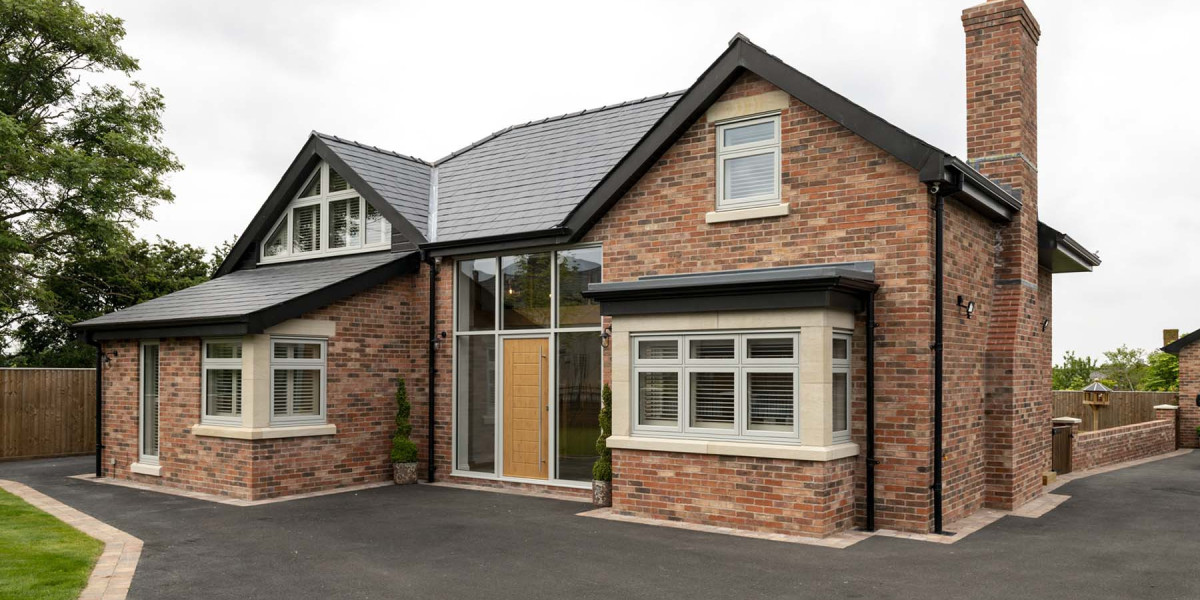In the quest for energy efficiency, comfort, and noise reduction, double glazing has long been a staple in modern construction and home improvement. However, recent advancements in technology have taken double glazing to new heights, offering homeowners even more benefits than ever before. This article will explore the latest innovations in double glazing, focusing on energy efficiency, acoustic performance, smart technology integration, and aesthetic enhancements.
Energy Efficiency Innovations
One of the most significant advancements in double glazing technology is the improvement in energy efficiency. Traditional double glazing consists of two panes of glass with a gap in between, typically filled with air or argon gas. The latest developments have introduced low-emissivity (low-E) coatings, which reflect heat back into the room during winter while allowing sunlight to enter. This dual functionality significantly reduces heating costs and enhances comfort.
Moreover, manufacturers are now producing triple glazing units, which consist of three panes of glass. While this may seem like an unnecessary upgrade, triple glazing offers superior insulation properties and can achieve U-values (a measure of heat transfer) as low as 0.8 W/m²K. This is particularly beneficial in colder climates where maintaining indoor warmth is crucial.
Acoustic Performance Enhancements
Another area where double glazing has seen remarkable progress is in its ability to reduce noise pollution. Homes located near busy roads or urban areas often suffer from excessive noise, which can impact the quality of life. New acoustic glazing technologies have been developed to address this issue. These units incorporate specialized interlayers and varying thicknesses of glass to significantly dampen sound transmission.
For instance, acoustic laminated glass is designed specifically to minimize noise. It consists of two or more panes of glass bonded with a sound-dampening interlayer. This innovation can reduce noise levels by up to 50%, providing a quieter and more serene indoor environment. As urbanization continues to rise, the demand for such solutions will only increase, making acoustic double glazing an essential consideration for many homeowners.
Smart Technology Integration
In today's digital age, smart home technology is becoming increasingly prevalent, and double glazing is no exception. The introduction of smart glass has transformed the landscape of window technology. Smart glass can change its properties in response to external stimuli, such as light and temperature. For instance, electrochromic glass can darken or lighten at the touch of a button or automatically adjust based on sunlight exposure. This not only enhances privacy but also improves energy efficiency by reducing glare and heat gain.
Furthermore, some manufacturers are now integrating sensors and automation systems into double glazing units. These systems can monitor indoor and outdoor temperatures, adjusting the glass's properties to optimize energy use. This level of integration not only enhances comfort but also contributes to sustainability efforts by reducing reliance on heating and cooling systems.
Aesthetic Enhancements
While energy efficiency and performance are paramount, aesthetics also play a crucial role in the appeal of double glazing. Recent advancements have allowed for a wider variety of designs, colors, and finishes, enabling homeowners to customize their windows to suit their personal style. Manufacturers now offer slim-profile frames that maximize the glass area, allowing for more natural light and unobstructed views.
Additionally, advancements in glass technology have led to the development of self-cleaning glass. This innovative product features a special coating that breaks down dirt and grime when exposed to sunlight, allowing rainwater to wash away the residue. This not only reduces maintenance efforts but also keeps windows looking pristine, enhancing the overall aesthetic of a home.
Environmental Considerations
As environmental concerns continue to grow, the double glazing industry is also focusing on sustainability. Many manufacturers are now using recycled materials in their products, reducing the carbon footprint associated with production. Additionally, the energy efficiency of double glazing contributes to lower energy consumption, which is a vital aspect of reducing greenhouse gas emissions.

Furthermore, some companies are developing double glazing units that can be recycled at the end of their lifespan. This circular approach to manufacturing not only conserves resources but also minimizes waste, aligning with global sustainability goals.
Conclusion
The advancements in double glazing technology represent a significant leap forward in enhancing home comfort, energy efficiency, and aesthetic appeal. With innovations such as low-E coatings, acoustic glazing, smart technology integration, and sustainable practices, homeowners can now enjoy a level of performance that was previously unattainable. As the demand for energy-efficient and comfortable living spaces continues to rise, double glazing will undoubtedly remain at the forefront of home improvement solutions. Whether you are building a new home or renovating an existing one, considering the latest advancements in double glazing can lead to a more comfortable, quieter, and environmentally friendly living environment.


